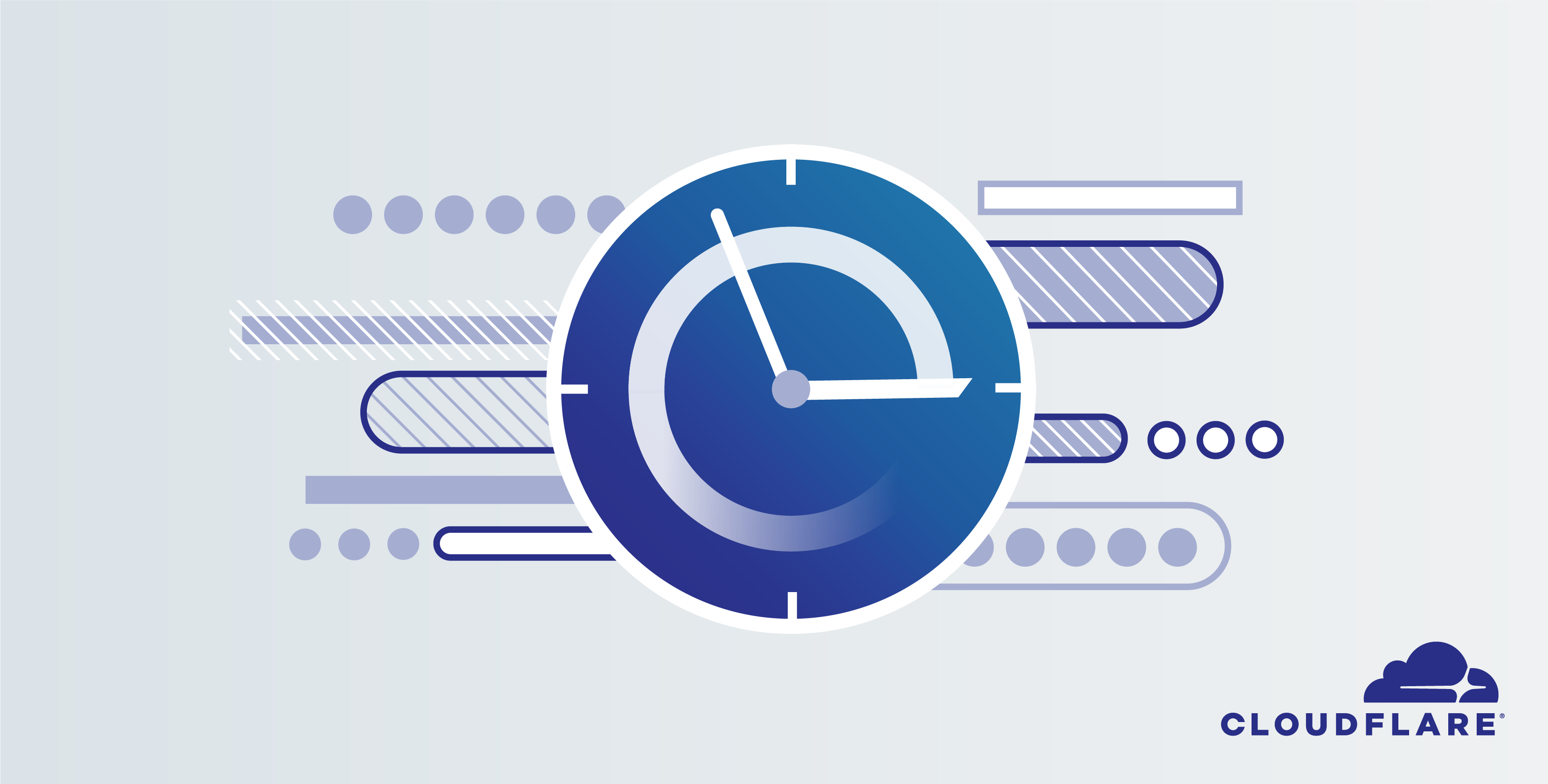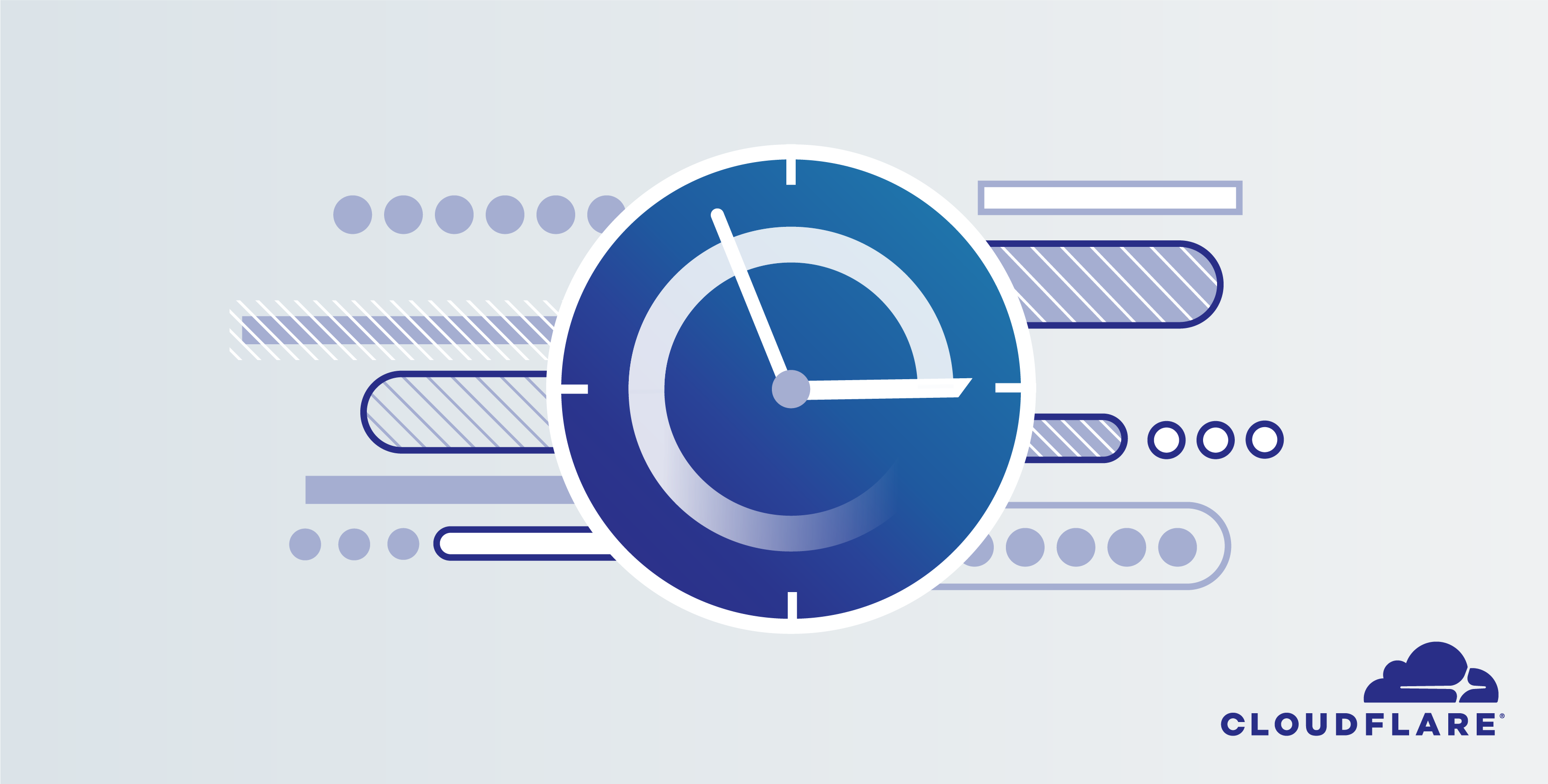Daily Roundup: Nokia Faces a Hostile Takeover
Nokia faced a hostile takeover bid; COVID-19 related ransomware attacks spiked; and Red Hat stacked...
IETF: Travel criteria for in-person/virtual IETF 108

Good list of things to think about on travel in post-lockdown
The post IETF: Travel criteria for in-person/virtual IETF 108 appeared first on EtherealMind.
Nokia Stares Down Hostile Takeover Bid
The hostile takeover bid follows a previous report that claimed the company was considering...
Red Hat Stacks OpenStack Onto ZTE’s XCloud
The work is targeted at helping telecommunication operators deploy virtual network functions in...
Ransomware Attacks Spike 148% Amid COVID-19 Scams
“Notable spikes in attacks can also be correlated to key days in the COVID-19 news cycle,”...
Is BGP Safe Yet? No. But we are tracking it carefully

BGP leaks and hijacks have been accepted as an unavoidable part of the Internet for far too long. We relied on protection at the upper layers like TLS and DNSSEC to ensure an untampered delivery of packets, but a hijacked route often results in an unreachable IP address. Which results in an Internet outage.
The Internet is too vital to allow this known problem to continue any longer. It's time networks prevented leaks and hijacks from having any impact. It's time to make BGP safe. No more excuses.
Border Gateway Protocol (BGP), a protocol to exchange routes has existed and evolved since the 1980s. Over the years it has had security features. The most notable security addition is Resource Public Key Infrastructure (RPKI), a security framework for routing. It has been the subject of a few blog posts following our deployment in mid-2018.
Today, the industry considers RPKI mature enough for widespread use, with a sufficient ecosystem of software and tools, including tools we've written and open sourced. We have fully deployed Origin Validation on all our BGP sessions with our peers and signed our prefixes.
However, the Internet can only be safe if the major network operators deploy Continue reading
Member News: Internet Society Chapters Focus on Connecting People During Pandemic

Staying connected: Several Internet Society Chapters are focusing on ways to help people stay connected while living under stay-at-home orders or following social-distancing guidelines related to the COVID-19 pandemic. The Netherlands Chapter has released a toolbox of open source tools to help people work from home.
Resources for the people: Meanwhile, the Dominican Republic Chapter has released a list of COVID-related resources for residents. The list includes information on virtual private networks, on teleworking, and on the country’s cybersecurity resources. The Chapter also released a set of recommendations for the government, for Internet service providers, and for other companies. For example, the Chapter recommends that ISPs offer flexible or low-cost service plans to customers during the pandemic.
Pandemic privacy: One of the many concerns during the COVID-19 pandemic is a loss of privacy as governments and private organizations track mobile phones as a way to monitor the spread of the virus and the effectiveness of social-distancing programs. The Canada Chapter notes that the pandemic has raised fears about the surveillance state. In Canada, the prime minister has ruled against cell phone surveillance for tracking the spread of the virus, but “if the virus rapidly spreads further, no doubt device tracking Continue reading
Creating Conspicuously Compelling Content

It’s funny how little things change in the middle of big, world changing experiences. I’ve noticed that my daily blog viewership has gone down, as have many other folks I’ve talked to. The number of people reading has been reduced for some reason. However the number of video views of content on other platforms like Youtube has gone up dramatically. It’s almost like the people that were reading because they wanted to get a quick digest now have the free time to watch a whole video on a topic.
I got on the bandwagon too, recently publishing my first episode of Tomversations this week. I’ve also talked to several friends that are either starting or restarting a podcast. The gold mine for content creation has opened for business. However, I still hear the same refrains about content that I’ve heard for years when I talk about writing:
- “I don’t have anything to say!”
- “It’s hard to write things down!”
- “Isn’t it easier to just talk about stuff?”
These are all valid questions, no matter what medium you’re developing for. But let me give you a roadmap to take those objections, turn them on their heads, and be Continue reading
How to Utilize Your Networking Capability for Business Relationships
Building a solid relationship is essential for success between parties involved in a business. A good relationship is the bedrock that determines the outcome of the business itself, because everything comes down to communication, understanding, and mutual agreement. Therefore, it’s worth every effort put into it.
Your networking capability can be of great benefit in building a good business relationship if properly utilized. But first, what does the term “networking capability” mean? Networking capability can be defined as the ability to build, sustain, and put to beneficial use the relationships built with external organizations and/or individual partners.
The main purpose and effect of utilizing your networking capability for business relationships become much clearer when you understand that business relationships are in three stages. You know when and how to get to each stage as a result of your networking capability. These three stages include:
- Relationship initiation capability
- Relationship developing/building capability
- Relationship termination capability
These three networking capabilities (skills) are a must-have in the relationship aspect of your business. Let’s take a look at them more closely.
3 Networking Capability Skills
Relationship Initiation Capability
Under this stage, there are two things you should do first.
· Select highly valued Continue reading
Waiting for a Rainy Day to Do Security Training? It’s Pouring
The FortiGuard Labs team as recently as April 4 reported seeing an average of about 600 new...
Time-Based One-Time Passwords for Phone Support


As part of Cloudflare’s support offering, we provide phone support to Enterprise customers who are experiencing critical business issues.
For account security, specific account settings and sensitive details are not discussed via phone. From today, we are providing Enterprise customers with the ability to configure phone authentication to allow for greater support to be offered over the phone without need to perform validation through support tickets.
After providing your email address to a Cloudflare Support representative, you can now provide a token generated from the Cloudflare dashboard or via a 2FA app like Google Authenticator. So, a customer is able to prove over the phone that they are who they say they are.
Configuring Phone Authentication
If you are an existing Enterprise customer interested in phone support, please contact your Customer Success Manager for eligibility information and set-up. If you are interested in our Enterprise offering, please get in contact via our Enterprise plan page.
If you already have phone support eligibility, you can generate single-use tokens from the Cloudflare dashboard or configure an authenticator app to do the same remotely.
On the support page, you will see a card called “Emergency Phone Support Hotline – Authentication”. From here you Continue reading
Video: Going Beneath the Cisco SD-WAN Surface
David Penaloza decided to demystify Cisco’s SD-WAN, provide real world experience beyond marketing hype, and clear confusing and foggy messages around what can or cannot be done with Cisco SD-WAN.
He started the first part of his Cisco SD-WAN Foundations and Design Aspects webinar with a quick look beneath the surface of shiny marketing and corporate slidess.
Heavy Networking 512: Production Ready Automation With Cumulus Networks (Sponsored)
In today's Heavy Networking episode, we talk Production Ready Automation. That's a topic we've covered before on Packet Pushers, so what wondrous newness does sponsor Cumulus Networks bring to the table? The idea is a system that's ready for you to use. Why? Because a lot of folks are finding that rolling their own artisanal network automation takes considerable time both to create and maintain. Our guests are Pete Lumbis, Director of Technical Marketing and Rama Darbha, Director of Services at Cumulus Networks.
The post Heavy Networking 512: Production Ready Automation With Cumulus Networks (Sponsored) appeared first on Packet Pushers.
Heavy Networking 512: Production Ready Automation With Cumulus Networks (Sponsored)
In today's Heavy Networking episode, we talk Production Ready Automation. That's a topic we've covered before on Packet Pushers, so what wondrous newness does sponsor Cumulus Networks bring to the table? The idea is a system that's ready for you to use. Why? Because a lot of folks are finding that rolling their own artisanal network automation takes considerable time both to create and maintain. Our guests are Pete Lumbis, Director of Technical Marketing and Rama Darbha, Director of Services at Cumulus Networks.Daily Roundup: Google Slows Hiring Due to COVID-19
Google slowed hiring and data center spend due to COVID-19; GSMA marched on with MWC; and Storage...